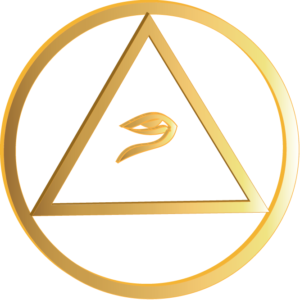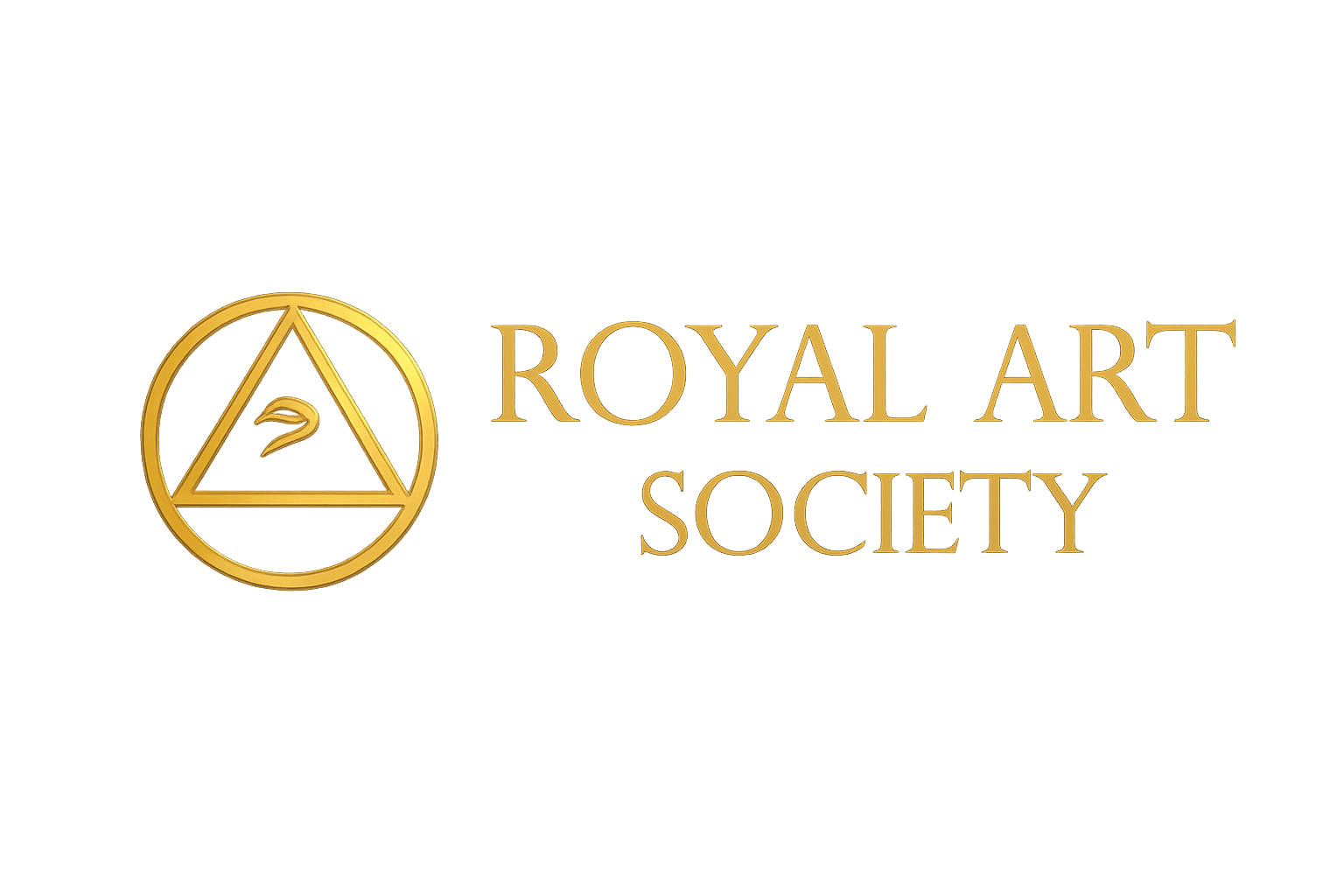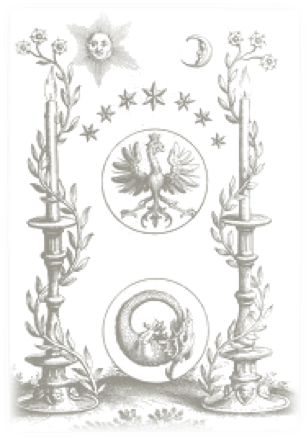
BEGIN YOUR INITIATION HERE
You will be considered an applicant for Candidacy until you have completed the Registration and Investiture of the Royal Art Society. This introduction is your orientation.
(REGISTER AND COMPLETE THE INVESTITURE)
The Rite of the Royal Art
The Rite of the Royal Art is the heart of the Society’s curriculum. It is a quasi-Masonic rite: a ceremonial system of symbolic initiation inspired by the traditions of Freemasonry, yet independent of it.
A quasi-Masonic rite refers to the ceremonial or ritualistic practices of an organization that imitates, adapts, or is in dialogue with Freemasonry but is not officially recognized as part of the Masonic Order. Such rites—sometimes called “fraternal orders”—often employ rituals, symbols, and degrees similar to those of Freemasonry to address the same sociological needs: community, moral development, intellectual growth, and the pursuit of wisdom.
The Royal Art Society consists of the members of this Rite. To belong to the Society is to participate in the Rite—whether as a Candidate, Apprentice, Alchemist, or Illuminatus. Members are bound not by dogma or exclusionary policies, but by shared participation in the Great Work of symbolic alchemy: the transformation of ignorance into knowledge, discord into harmony, and isolation into fellowship.
The Rite is at once traditional and experimental. It draws on the heritage of the Western Mystery Tradition—Hermeticism, Rosicrucianism, Freemasonry—while incorporating insights from Eastern systems of meditation, modern psychology, and contemporary science. Its ceremonies are not ends in themselves but vehicles of meditation, visualization, and ethical formation.
In this way, the Rite of the Royal Art is more than a ritual—it is a living curriculum of Integrated Humanism. It offers seekers a structured path of initiation, meditation, and illumination while preserving the timeless functions of fraternal orders: cultivating personal growth, building community, and promoting service to humanity.
The Royal Art
The Royal Art, known technically as symbolic alchemy, is the eternal art of transformation. It is called royal because it is the supreme profession, encompassing the philosophy of nature, the art of life, and the science of government. In illumined circles it is the art of doing nothing.
By definition alchemy is the transmutation of the base metals lead and iron into the noble metals silver and gold. The alchemist’s quest is for the pill, powder or elixir that turns every metal it touches into gold – the mysterious Philosopher’s Stone. This quest is a fitting metaphor for the science of transmuting base matter, the dross of mundane existence, into health, empowerment and enlightenment. The stone of the philosophers is the alchemical Holy Grail.
Where alchemy truly began is a mystery. Alchemy is a 2000 year old international tradition, spread across India, China, Egypt, the Near East and Western Europe. The origins of the alchemical tradition reach back into ancient Alexandria, Egypt in the West and Ch’in Dynasty China in the East. It is unknown whether alchemy arose independently in the Orient and the Occident or if it was passed from one half of the earth to the other.
Where the alchemists of the West maintained holistic philosophies like those of the East, only the Eastern physicians perpetuated a holistic world-view, while Western medicine developed only scientifically and technologically. Only in recent history has the West reconsidered its priorities, borrowing from the Asian traditions to compile a “preventative” or an “alternative” medicine. Likewise, the East has benefited greatly from its study and practice of Western scientific medicine.
No single school of alchemy has existed continuously from ancient times. The oldest continuing school is the Celestial Master sect in China, which arose in the second century CE. The largest and oldest surviving alchemical society in the West is the Masonic fraternity, with lodges formed in the late Middle Ages (the period loosely between the 5th to 15th centuries).
The first records of the making of a Freemason are those of Robert Moray in 1641 and Elias Ashmole in 1646. The first Grand Lodge of Freemasonry arose in London, England in 1717. The Royal Art Society, with Freemasons among its founders and first members, researches the world’s alchemical systems indiscriminately with the purpose of consolidating them and applying science to the Great Work.
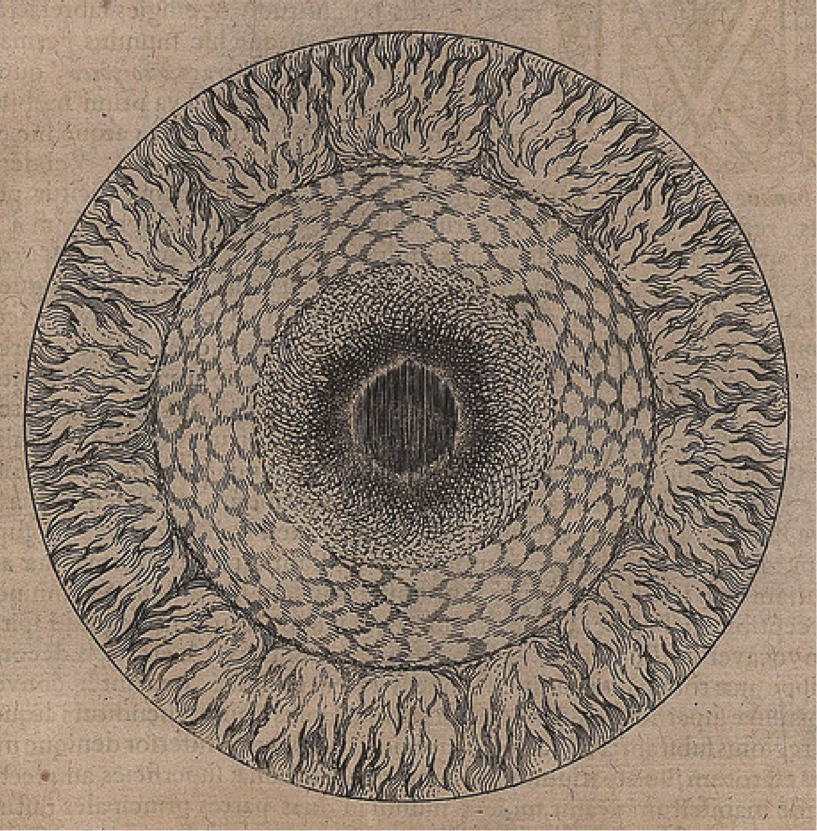
Internal Alchemy / Symbolic Alchemy
Throughout history, alchemy has appeared in many cultural centers—ancient Egypt, Hellenistic Alexandria, early China, India, and the Islamic Near East. Across these traditions two broad modes emerged: external alchemy (waidan), the literal preparation of herbal or mineral elixirs to prolong life; and internal alchemy (neidan), the symbolic and meditative cultivation of spirit, balance, and unity.
It is this second path—internal or symbolic alchemy—that forms the foundation of the Rite of the Royal Art.
Internal alchemy, also called symbolic or inner alchemy, is not superstition but a disciplined practice of mind and body. It involves meditation, visualization, moral clarity, and disciplined living. Breath control, dietary moderation, visualization, and contemplative exercises are employed not as magical techniques but as methods to purify and integrate the whole person. While these practices may nurture health and prolong life, their true aim is higher: the refinement of consciousness, the cultivation of no-mind (wu nien), and the realization of clarity, benevolence, and human maturity.
In the West, symbolic alchemy became the philosophical matrix of the Renaissance magi and their heirs—the Rosicrucians, Freemasons, and other schools of the Mystery Tradition. Thinkers such as C. G. Jung recognized in alchemical symbolism a profound psychological therapy, a way of integrating the unconscious through archetypes and transformative imagery. In this sense, the alchemist is a kind of therapist, working first upon the self and then upon society.
Whereas operative alchemy gave rise to modern chemistry, symbolic alchemy provides a framework for holistic science. To be effective, it must align with evidence and experimentation; to be humane and meaningful, science must in turn be deepened by symbolic alchemy. This reciprocity lies at the heart of the Rite of the Royal Art, a curriculum that unites ancient wisdom with contemporary knowledge under the principles of Integrated Humanism.
Founded in 2006 in Old Town Alexandria, Virginia, the Royal Art Society began as a fellowship of seekers from both Masonic and non-Masonic backgrounds. Its first principle was clear: no exclusionary policy shall apply. Membership is open to all—regardless of gender, heritage, belief, or status—and diversity is embraced as strength. Over time, the Society has grown into a global fellowship of symbolic alchemists: scientists and physicians, philosophers and artists, teachers and laborers, mystics and professionals, all united by the Great Work of transformation.
The Society functions as both a social order and a federation of schools. Its teachings are preserved in the Book of the Royal Art, an evolving online text that serves as the guide and record of the Rite. Some material is maintained in collaboration with the Science Abbey, linking the Society’s esoteric curriculum with a larger mission: cultivating wisdom, advancing science, and promoting a global Integrated Humanist society.
Thus the Royal Art Society stands as a meeting point of East and West, science and spirituality, ancient Mystery and modern reason. It is at once a school of symbolic alchemy, a fellowship of seekers, and a living experiment in the future of human civilization.
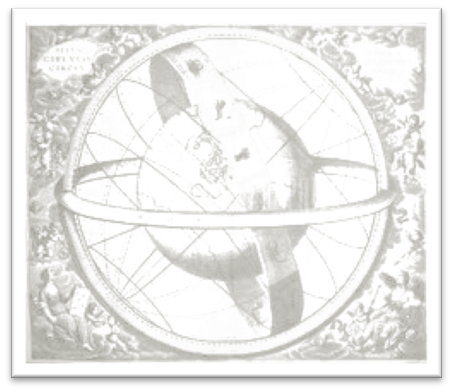
Solve et Coagula
The layman will not need to comprehend the following description of the alchemical tradition. He or she will not need to learn complicated definitions or procedures. Essentially, the Royal Art is meditation that separates natural quintessence from matter, order from chaos, and joins them together again into a pure, harmonious and benevolent whole.
This is the essence of the Latin alchemical motto Solve et Coagula, which means to dissolve and coagulate, or separate and join. The profane material is transformed by an ancient and eternal operation. It is first destroyed and then it is reborn as something noble and worthy. The process can be assisted with ritual and props but it takes place entirely within the mind. The Royal Art is a method of improving the mind.
Seventeenth century European alchemists, in emulation of the “Great Architect,” labored to unite the opposites, the purified Microcosm (the Moon) with the Macrocosm (the Sun), to produce a spiritual child, a unified and balanced whole (Mercury). The Moon and Sun as Salt and Sulfur are united to produce Mercury in the Chymical Wedding.
Mercury is a pure “mystical child” in a cosmic rebirth of the crowned and conquering king, the Son of Heaven, the Cosmic Human or inner guide. Some might consider this to be a “Supreme Being” or an anthropomorphic expression of such a concept. Others view it as a measurable state of being produced by a ritual initiation, meditation or heightened awareness.
In meditation the alchemist goes beyond effort, bliss and self-awareness, to a state of no-mind. No-mind, Chinese Wu Nien, is stillness of mind – not absence of mind like inanimate objects – but true self in pure form. The alchemist practices the method of internal alchemy in his cultivation of no-mind; controlled and relaxed guided visualization that leads to the union of microcosm and macrocosm and return of everything to the void.
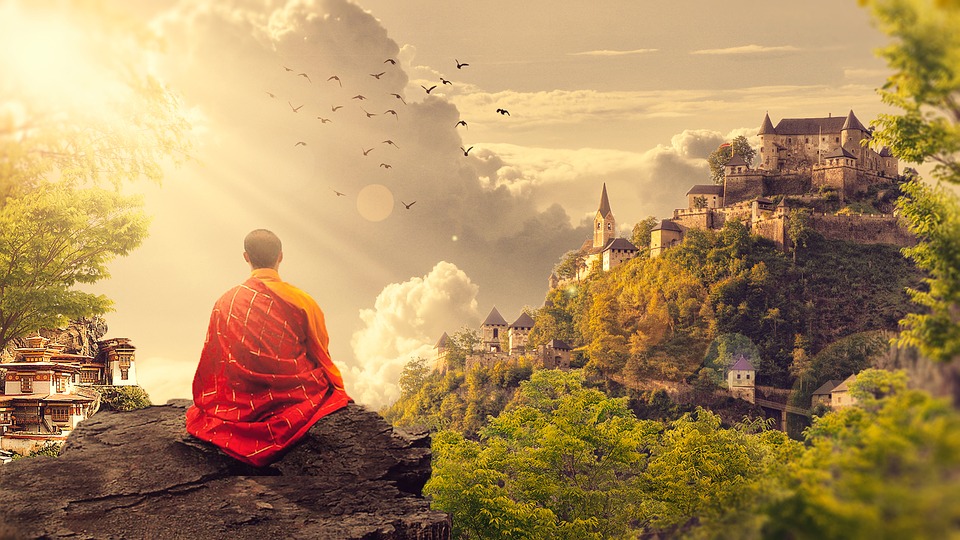
The Elixir of Life
The meditation of symbolic alchemy can be learned within an hour. Visualization has been shown to allow for clarity and objectivity, stress relief, improved satisfaction in personal life and enhanced performance in mental and physical skills. As a form of stress management, health benefits of the Royal Art can include: a stronger immune system, a healthier heart and improved blood pressure, enhanced memory, and weight loss. Meditation can help relieve anxiety and depression, improve relationships and contribute to a longer life.
Alchemical meditation also helps reduce mental and physical pain in healthy individuals as well as those struggling with disorders or rehabilitating after chemotherapy or surgery. Of course, every intelligent alchemist is a skeptic, and will make his or her own investigations of a wide range of sources. The Royal Art Society functions as a resource for just this kind of inquiry. For sources of information regarding the above claims, see this article on visualization.
The goal of the Chinese alchemist is to produce the elixir of life, the dew of immortality, Cinnabar or Mercury, which may be made into a pill to be digested. This process, or Way of life, is comparable to the Western alchemical Great Work, the creation of the mercurial elixir or alchemical powder of the sun, the Philosopher’s Stone.
This operation creates, in the language of alchemy, a spiritual fetus, astral body or invisible body, which allows the alchemist to travel to unexplored territories of the psyche, and opens the doors of perception to new dimensions. It is a way to commune with one’s inner guide or true self whilst in the flesh.
The alchemist reunites with the “profane” world and polite society in order to improve or “spiritualize” his own environment, and will withdraw into meditation or pure observation again, in an endless cycle. This is not simply the first alchemical instruction of the Royal Art Society; it is the perpetual process that underlies alchemical immortality or illumination.
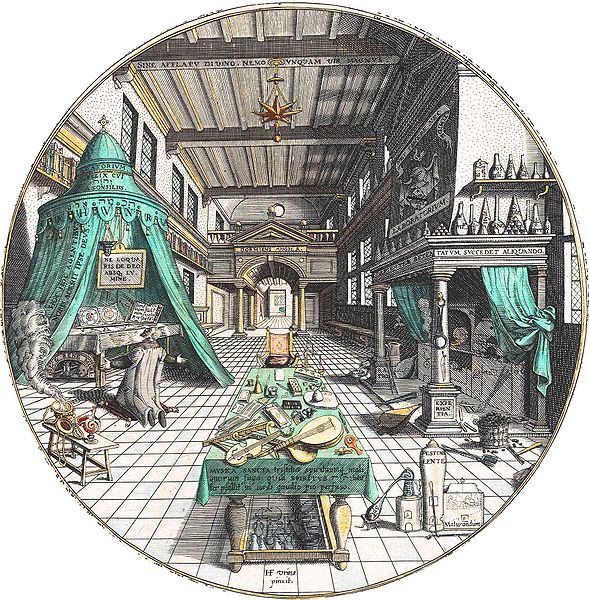
Alchemical Symbolism
The ‘alchemical laboratories’ of the Royal Art Society are designed to use a systematic scientific method to develop ‘recipes of immortality.’ It is simple to repeatedly demonstrate and record the efficacy or failures of each ‘elixir’ through controlled scientific experiments. An elixir is an alchemical experiment. It demonstrates at least one hypothesis that lends support to the ever-improving theories of internal alchemy. The memory of an elixir or the recording of it in an alchemical journal is a ‘gourd’ wherein to keep elixir. Gourds are precious and are often kept on shelves in a library and on a computer within the laboratory.
In Chinese alchemy, as in the first Royal Art Society process, the elixir or “medicine” of visualization is prepared in an area around the spine of the body called a “furnace” or “incense burner.” The “firing process,” is purification or refinement. The Spirit is withdrawn into Spirit, or void, into no-mind, where the “spiritual embryo,” the true self, is born, and life-force may be cultivated. In Chinese Daoist terms the Spirit unites with Dao (the source of existence and the “Way” or “Path” of life).
The alchemist studies and practices the Way of governing one’s own desires and emotions. An alchemist will “set up a ruler” over himself, communicating with his inner guide, the seed of his spiritual development. Self-mastery, guided visualization and meditation cultivate the mind’s inherent power and genius. This is one way to strengthen one’s will and harmonize it with nature. The alchemist learns how to control his or her own rewards and punishments with positive and negative reinforcement.
Royal Art Society rituals are not necessarily meant to be performed. They are designed as guided visualizations that lead the alchemist through the inner alchemical process. They may also be read aloud or chanted. These ‘Mystery rites,’ or meditations, exist on paper or digitally as bare essential prototypical rituals, which readers of every major culture can recognize and identify as unbiased and universal to humankind.
ENTER THE ROYAL ROAD →
